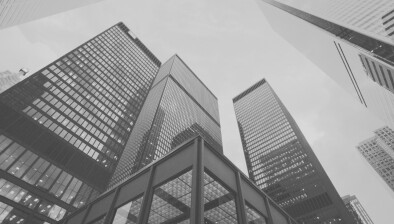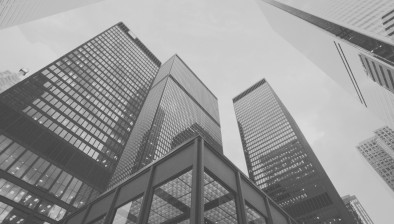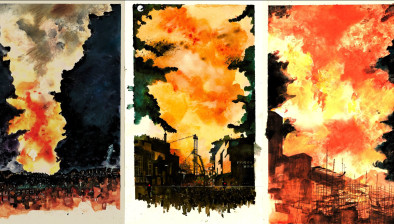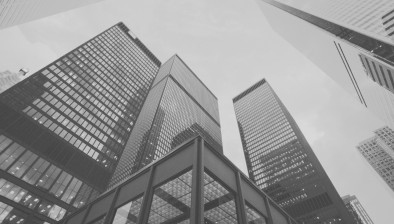Cause of second fire at Glasgow School of Art ‘undetermined’
The Scottish Fire and Rescue Service (SFRS) has been unable to determine the cause of the fire at The Glasgow School of Art’s Mackintosh building in 2018, a three-year investigation has concluded.
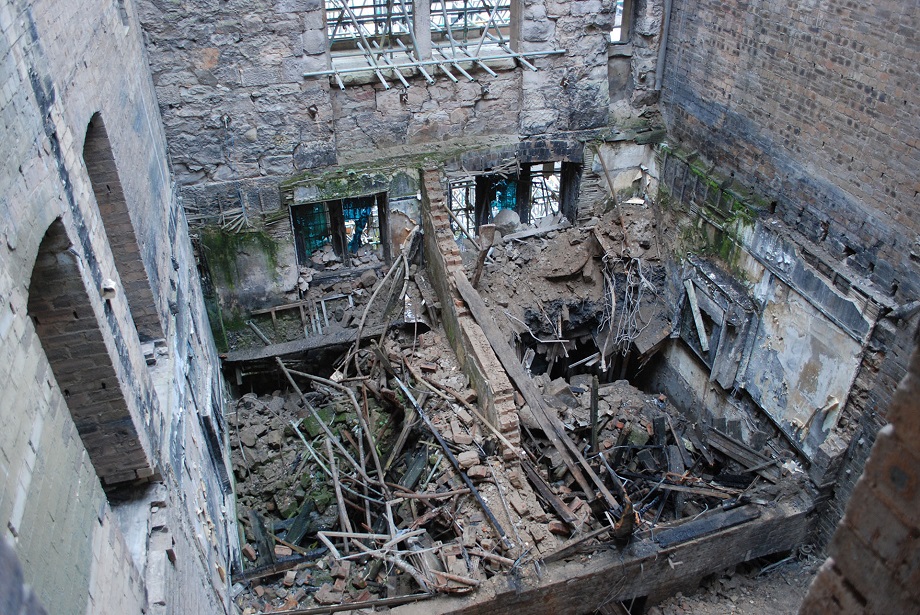
Image copyright SFRS
Much of the world-renowned building, designed by Charles Rennie Mackintosh, was extensively damaged when a fire broke out in June 2018 as it neared the end of a £35 million restoration by Kier following a previous fire that destroyed the west wing in May 2014.
Undertaking its “most complex and resource-intensive investigation ever”, the SFRS inquiry included the excavation and physical examination of hundreds of tonnes of fire-damaged debris and careful analysis of witness testimonies, CCTV and photographic footage. The investigation began when the fire took hold on June 15, 2018 and continued through to September 30, 2021.
Although it was able to determine that the restoration underway at the time was a factor in allowing the fire to spread, due to the extensive damage sustained at the site and physical evidence being destroyed in the fire, the SFRS has recorded the cause as ‘undetermined’.
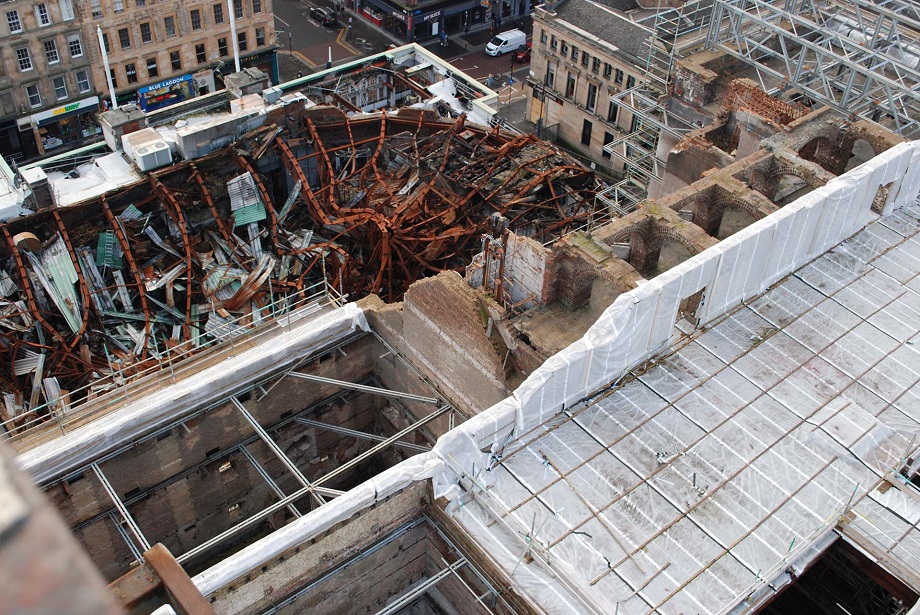
Image copyright SFRS
Publishing the fire investigation report, Ross Haggart, SFRS deputy chief officer, said: “Our investigation into the devastating fire at the Glasgow School of Art has been a deeply complex and protracted process.
“Due to the nature of the ongoing restoration and construction works combined with other factors such as the air supply into the building, the fire was unfortunately able to take hold, spread and ultimately cause catastrophic damage.
“This presented a number of challenges to our investigation, namely working within a structurally dangerous site to physically examine hundreds of tonnes of debris which was up to four metres in height and heavily compacted.”
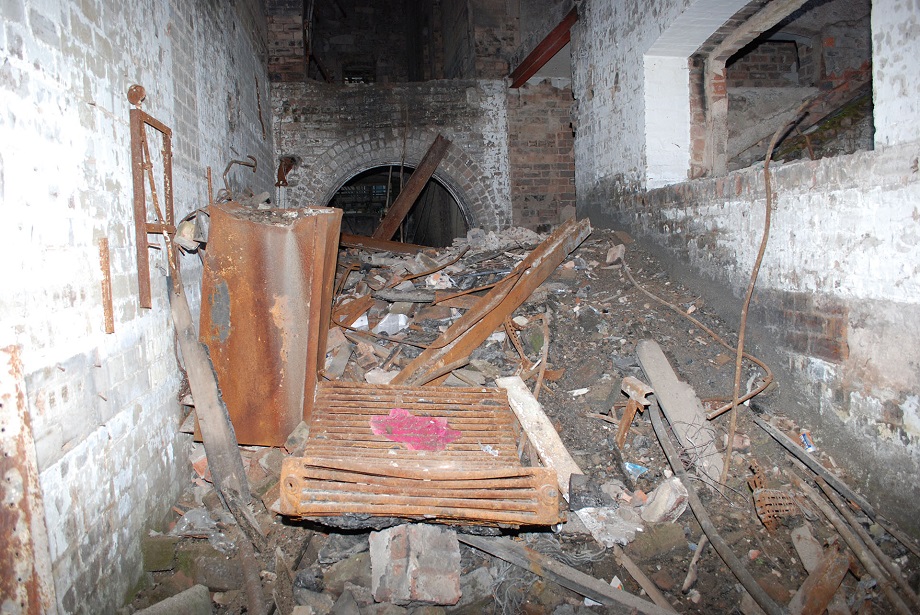
Image copyright SFRS
He added: “We are of course acutely aware of the cultural significance of the Mackintosh building and the pressing needs for answers.
“We scrutinised every aspect of this fire to ensure our investigation was as robust and thorough as possible.
“Unfortunately, almost everything within the building was severely damaged or consumed in the fire and that included any potential items of evidence that could have provided those answers.”
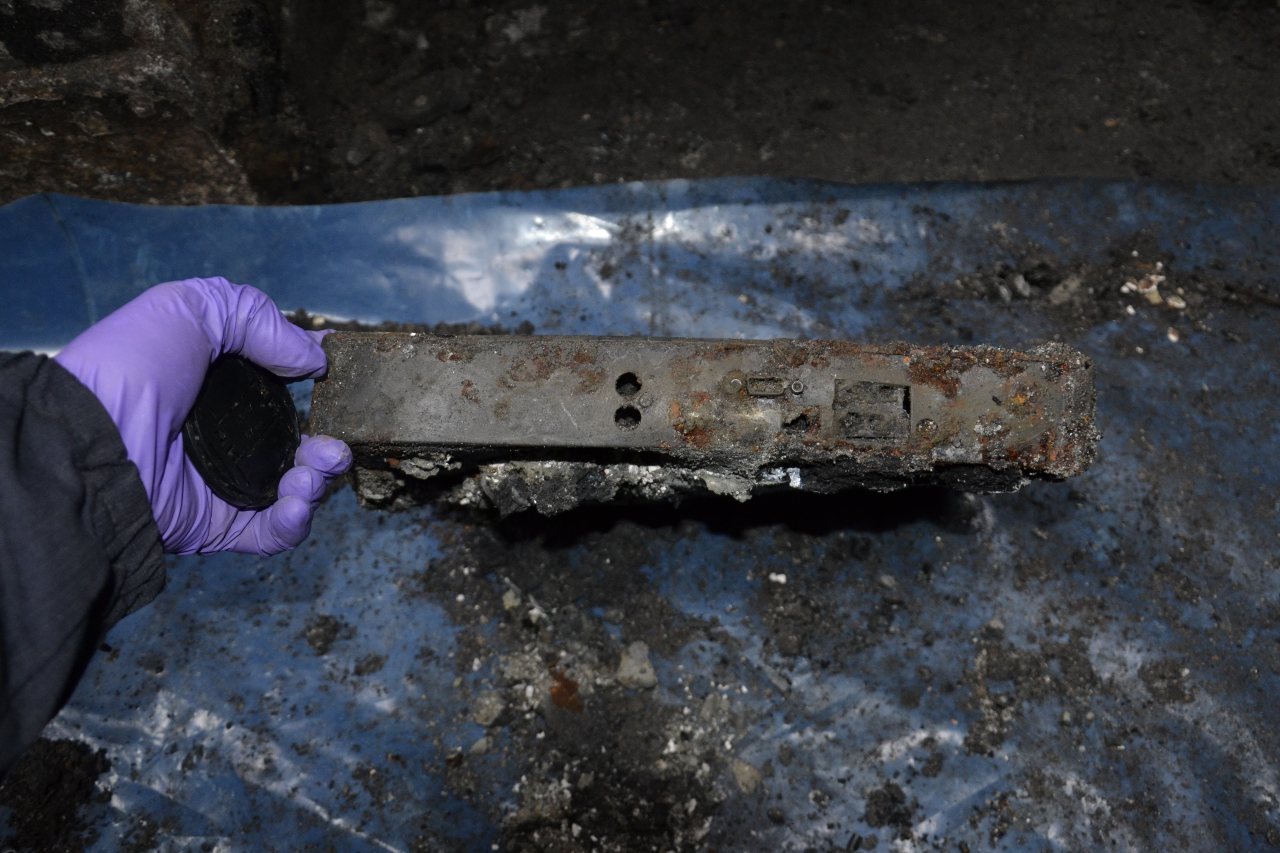
Image copyright SFRS
The report outlines how the alarm was raised at 11.19pm on Friday, June 15 2018 to reports of fire within the Mackintosh Building, which sits on the city’s Renfrew Street. The neighbouring O2 ABC and other premises were also damaged in the fire.
The first SFRS appliances arrived on scene within six minutes and at its height, more than 120 firefighters worked to contain and then extinguish the fire. There were no casualties. Firefighting operations continued for a further 10 days.
The report finds that it is likely the fire started on the east side on or above level 4 of the Mackintosh building. It adds that an unlimited air supply fed through the duct system which served to intensify the fire, promoting uncontrolled fire growth and rapid development. Fifty per cent of the building was well alight within 38 minutes of the arrival of firefighters.
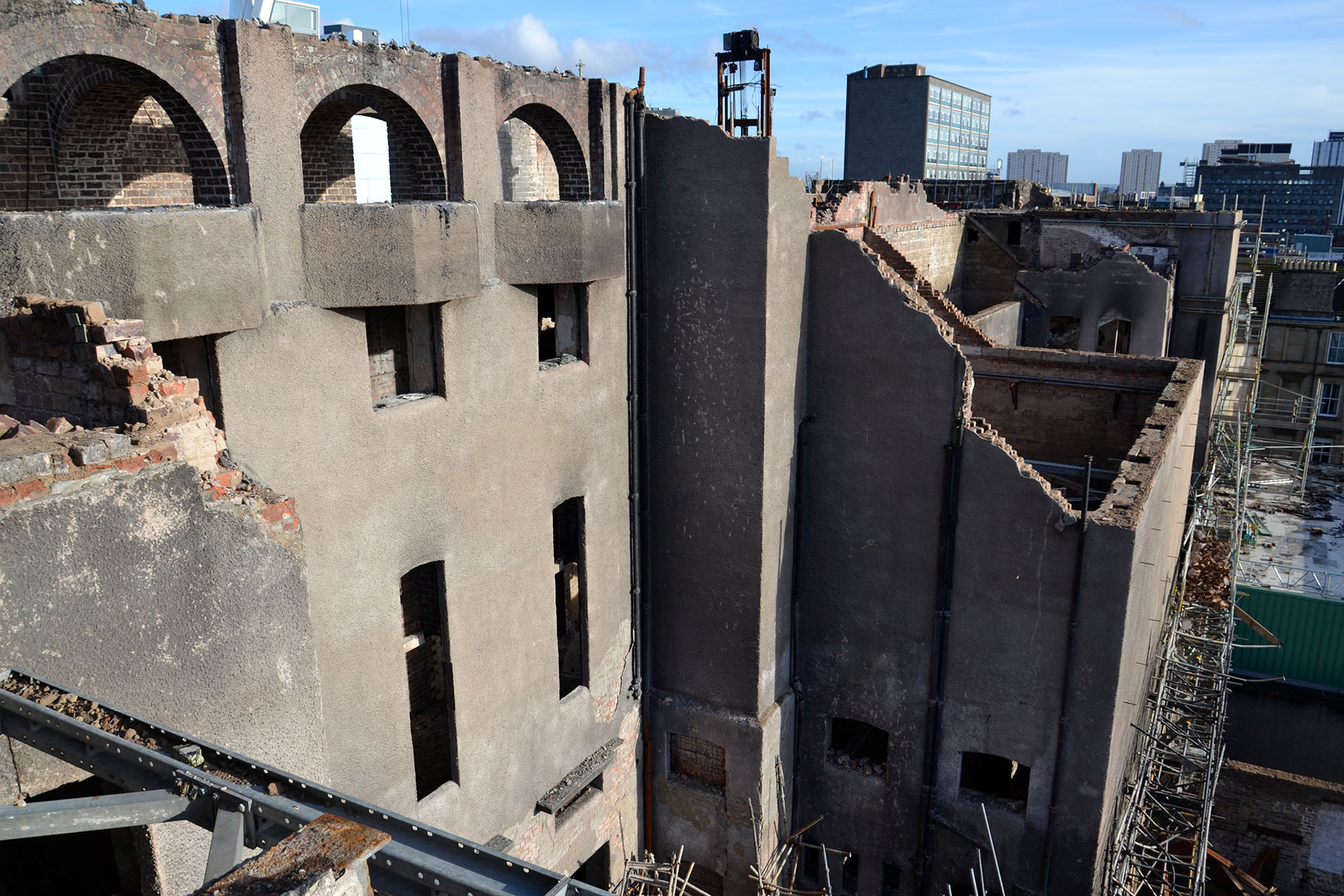
Image copyright SFRS
The SFRS Fire Investigation team was mobilised as part of the extensive response and the investigation began immediately.
The report recommends that lessons learned from the Mackintosh Building fire in 2018 should be carefully considered by key stakeholders involved in future construction projects.
It said:
- Management teams responsible for delivery of construction or renovation projects, should ensure that, during the early planning stages of the project, they fully consider the risk of fire. Project management teams should appoint competent persons with the appropriate skills, knowledge, qualifications and experience to ensure the existing regime of Health and Safety legislation and regulations are appropriately applied. To support early risk identification, robust fire risk assessment principles should be considered and adopted during the design, plan and build stages, utilising existing fire safety guidance, legislation and regulations where appropriate. When construction work commences, a comprehensive Fire Risk Assessment (FRA), undertaken by a competent person, should identify suitable and sufficient control measures are implemented to mitigate the fire risks. The FRA should be continuously reviewed, and control measures should be periodically evaluated. Any new, emerging or changing hazards and risks should be addressed through the FRA process, and any further mitigating actions and/or control measures identified should be implemented as soon as practicable.
- Specific fire safety training should be delivered to all construction site staff and those with site responsibility (such as security guards and Fire Marshals). This should be enhanced as the building vulnerability changes in relation to works being carried out. Robust checking and monitoring of site activity should be undertaken to ensure risks are identified at an early stage and control measures or safe systems of work can be applied to mitigate the risk. This should include any procedures necessary during opening up (start of day) or closing down (end of day) such as reinstatement of FWS. This includes electronic means of isolation and reinstating of detectors or detection zones and placement/removal of any dust covers or similar devices from detection units.
- When buildings under construction reach a vulnerable condition (combustible materials, open voids, ignition sources), consideration should be given to provision of a comprehensive FWS where and when appropriate. The system must be carefully maintained and appropriately managed by a competent person so that it remains capable of providing early warning of fire, particularly during unoccupied periods. In particular circumstances, consideration should not only be given to protection of life, but also to protection of property at significant risk or of national importance.
- Passive and active fire safety measures to protect a building should, where practicable, be introduced as soon as possible during the construction phase, to provide compartmentation and separation, and reduce fire growth. Early installation of suitable fire safety measures will assist in checking a developing fire within a specified area or area of risk. It is recognised that this will be a challenging recommendation to achieve, however the fire in the Mackintosh Building demonstrates how unchecked fire spread can impact on a large area in a very short timeframe.
- Consideration should be given to creating improved relationships and information exchange between Enforcing Authorities (EAs) through a new forum. By ensuring a robust information exchange between SFRS and other EA partners, SFRS can consider what action is required in response to the change in risk in terms of operational response, crew familiarisation and securing operational intelligence.
DCO Haggart said: “We were unable to find sufficient evidence to support any credible origin and it has not been possible to establish a definitive cause. However we have made a number of recommendations including the introduction of new mechanisms to enhance information sharing around ongoing construction projects within Scotland to ensure the safety of our firefighters and our communities.”












